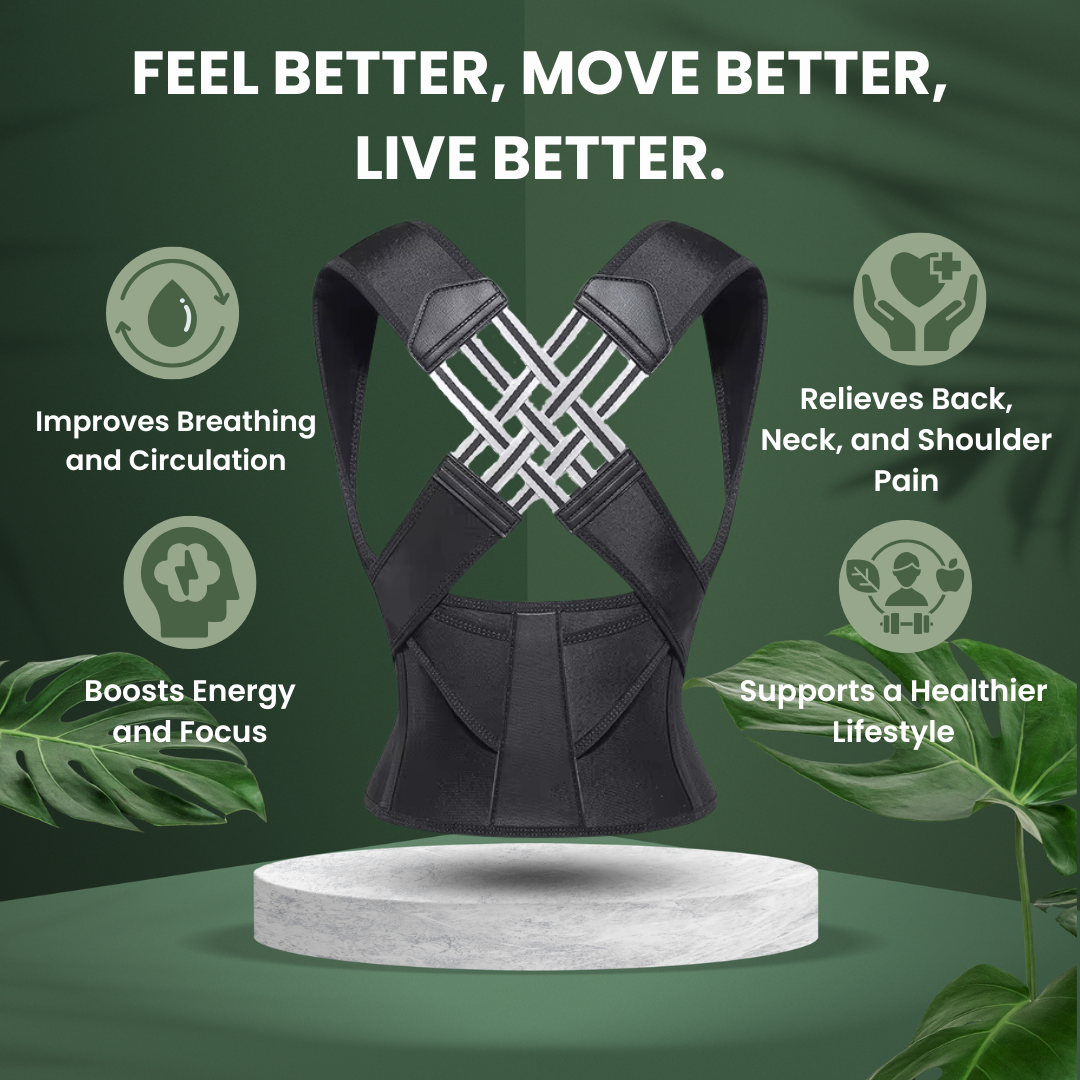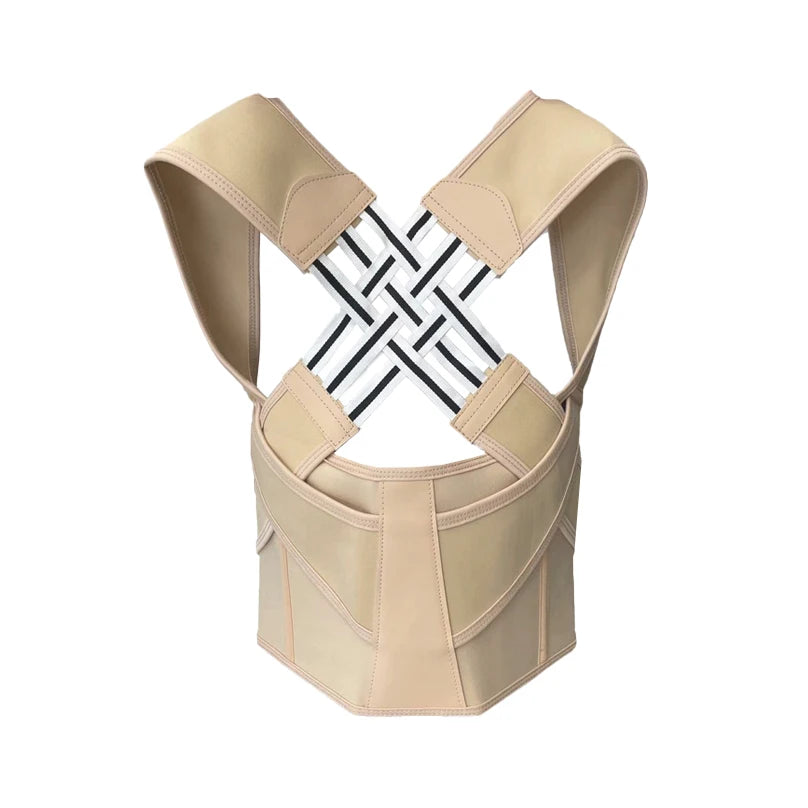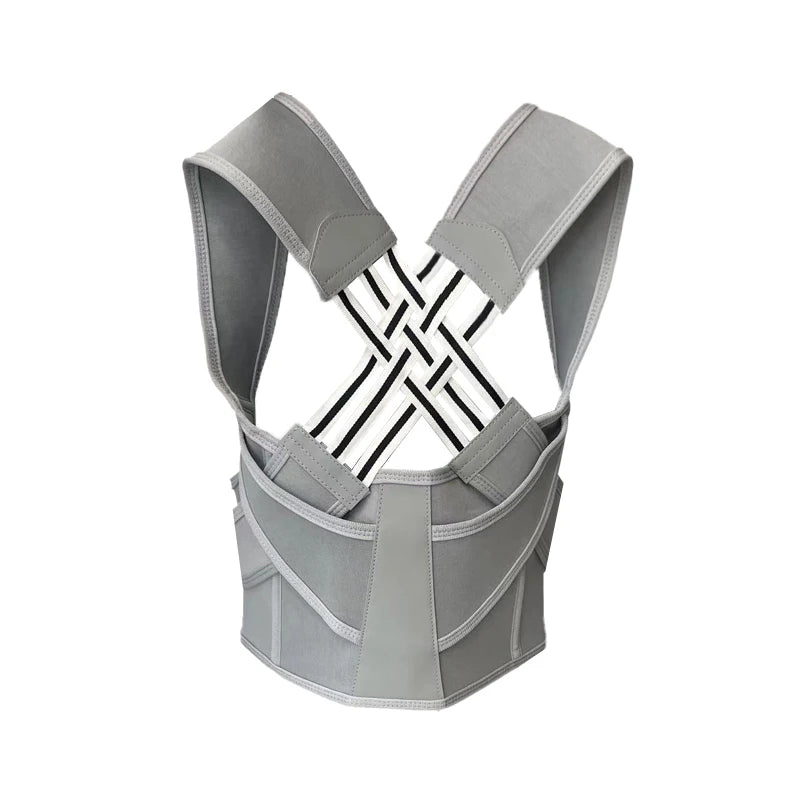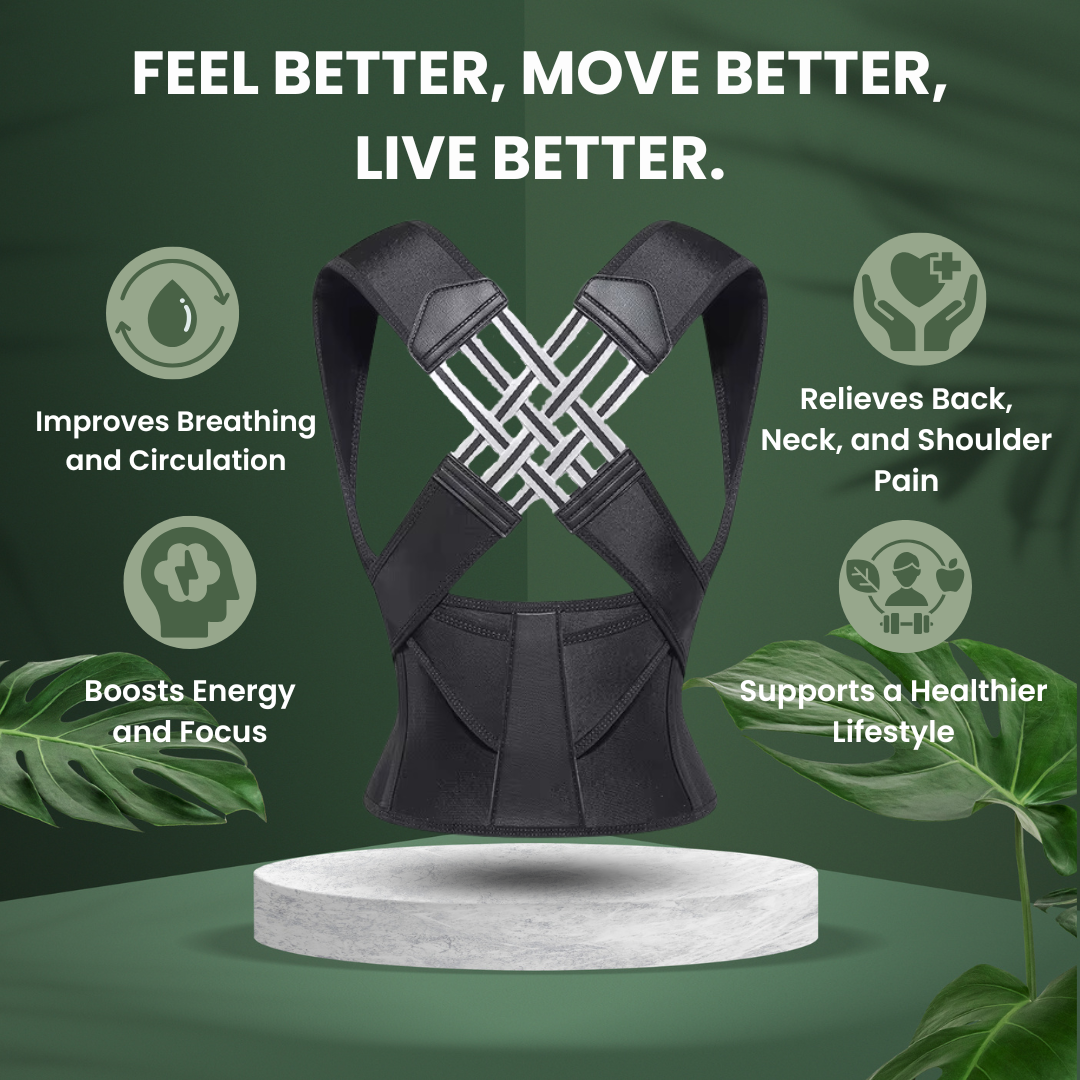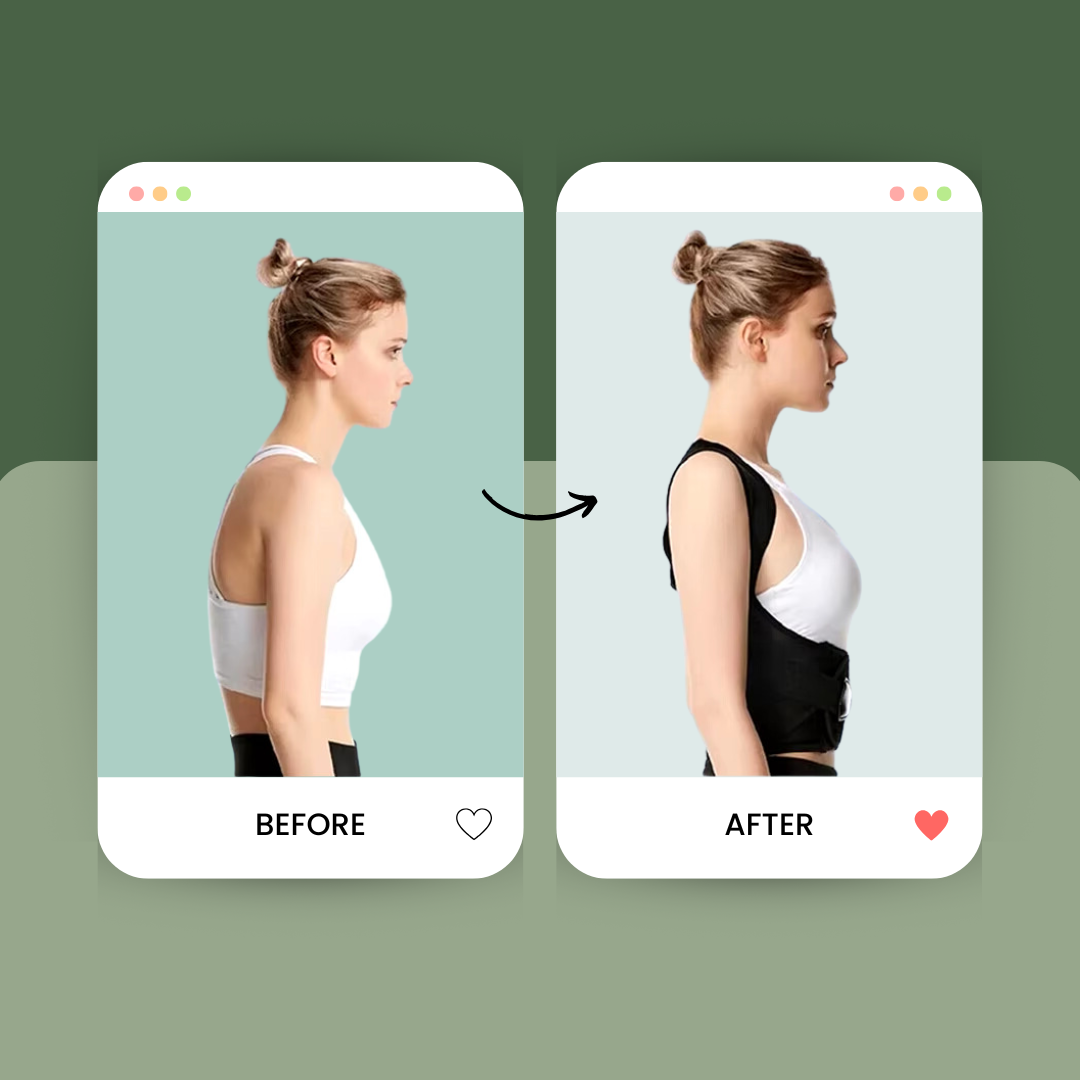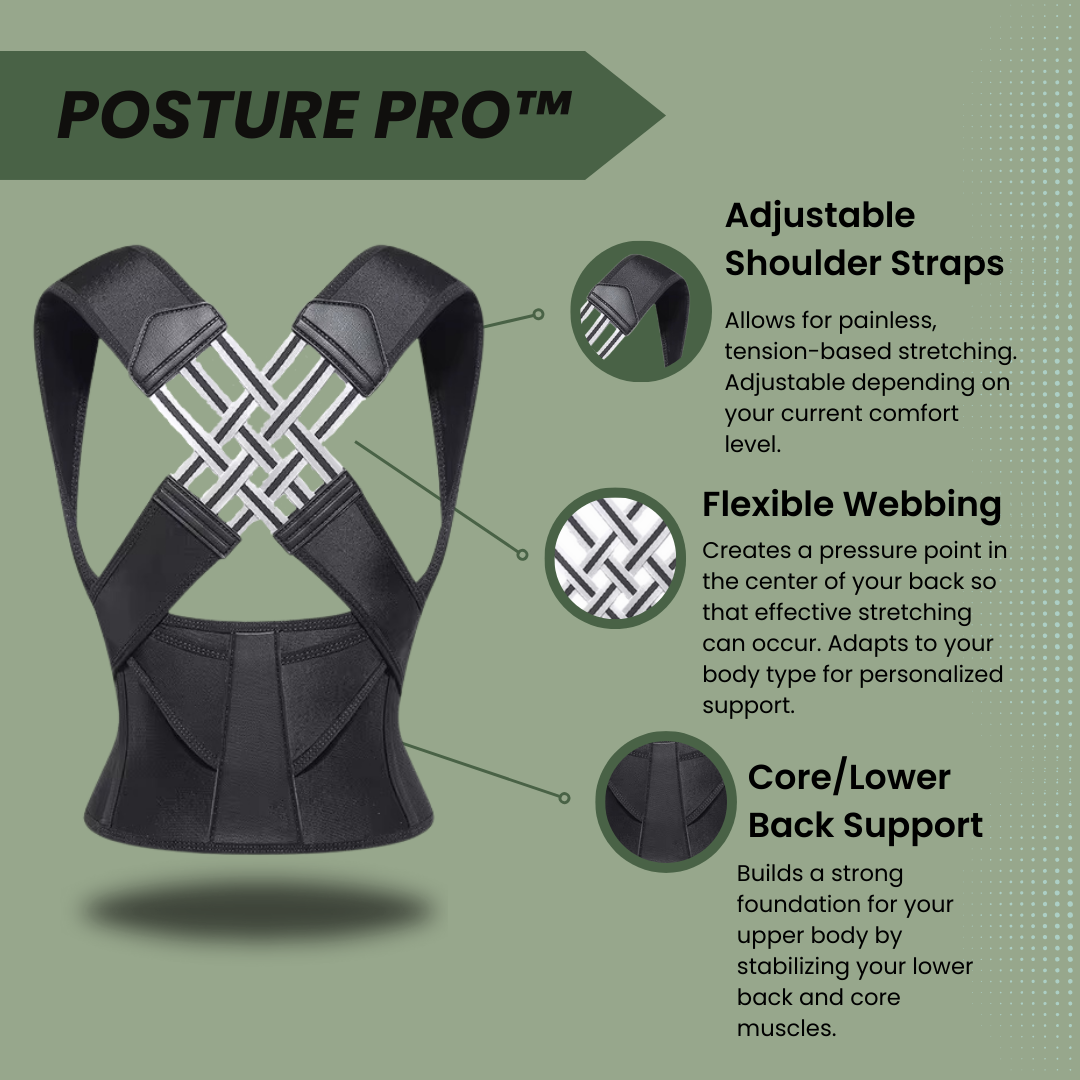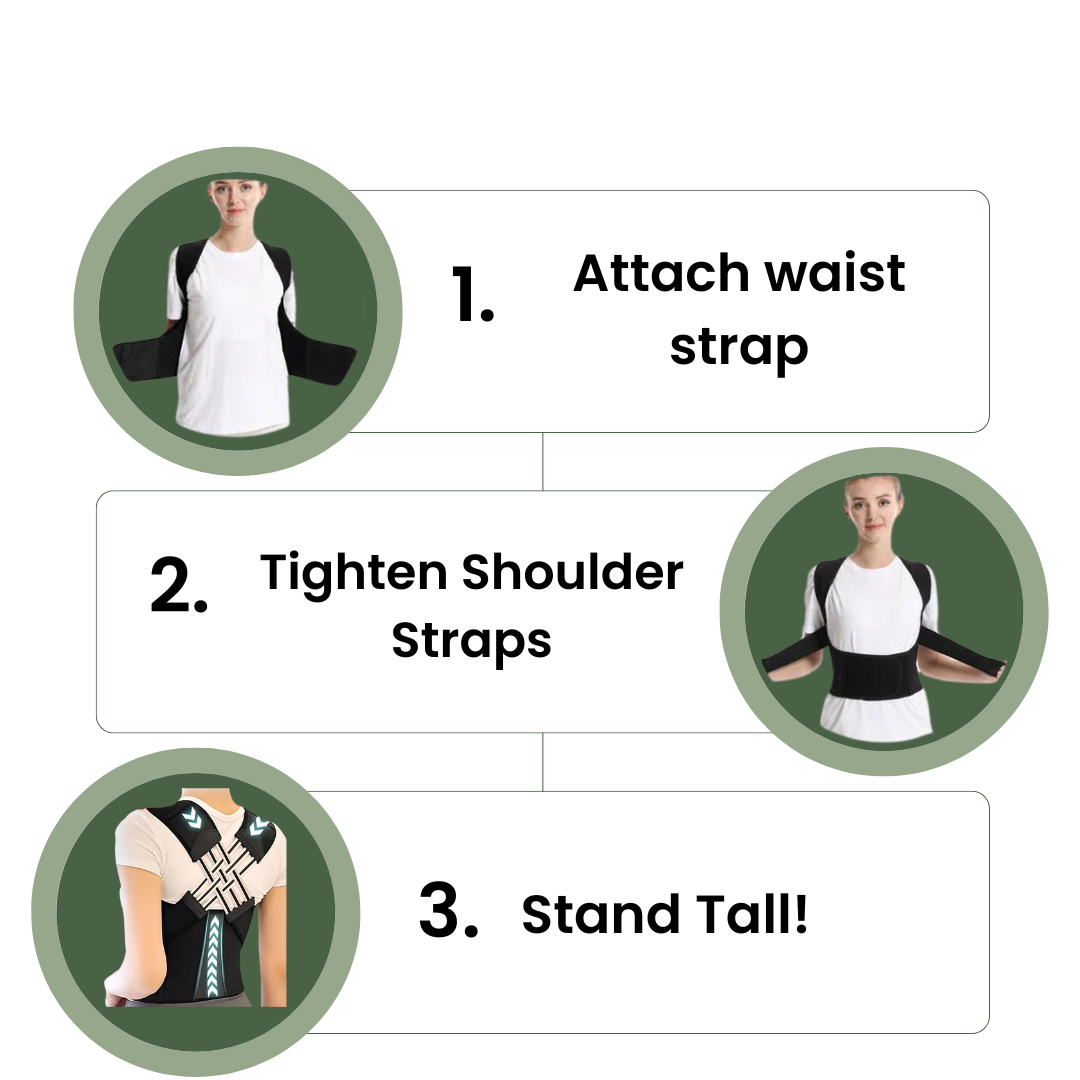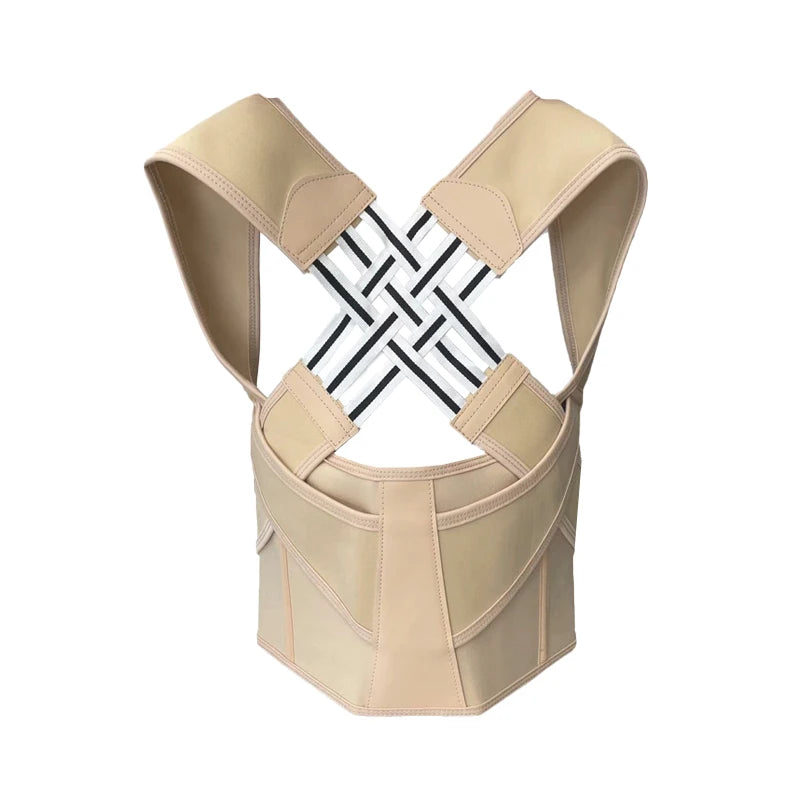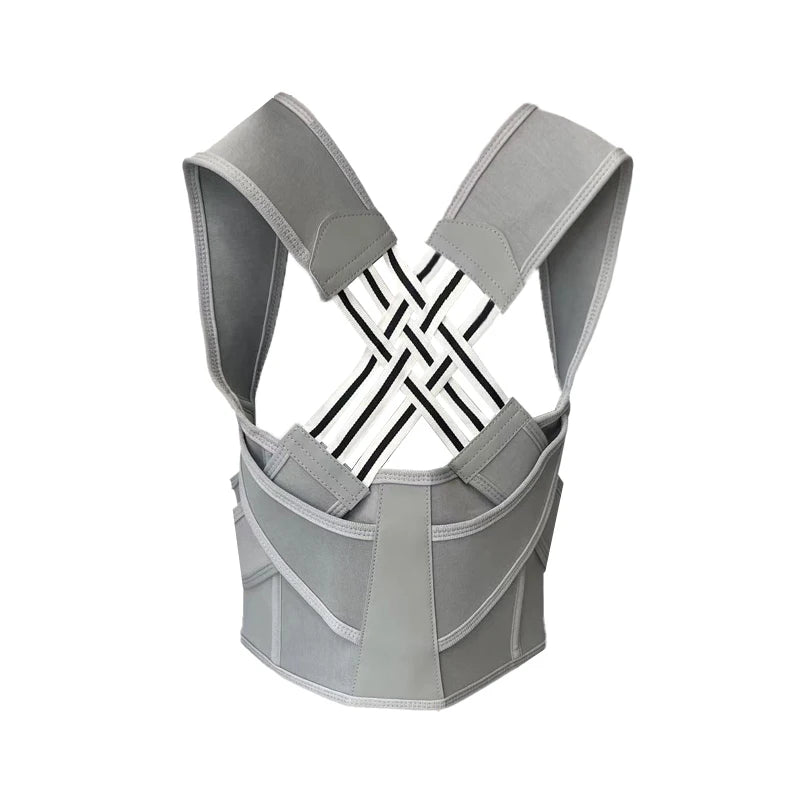Lower back pain affects many people every day. Research shows that gentle stretches can help ease this pain. Our guide lists effective stretches for lower back pain relief, offering quick and easy solutions.
Start relieving your pain today.
Key Takeaways
- Stretches like Child's Pose and Knee-to-Chest can quickly reduce lower back pain by increasing flexibility and reducing muscle tension.
- Regular stretching improves back health by promoting muscle harmony, which supports the spine properly, helping to prevent future pain.
- Modifications for each stretch ensure people of all fitness levels can find relief without causing further strain on their lower back.
- Making stretching a daily habit by setting aside specific times for it and keeping a log can enhance its effectiveness in managing discomfort.
- Online resources offer various exercises such as yoga and Pilates that target lower back pain through videos and PDF guides.
Understanding Lower Back Pain
Lower back pain can stem from various causes, such as muscle strain or poor posture. Stretching and flexibility play vital roles in reducing tension and promoting a healthier spine.
Causes of lower back pain
Several factors lead to lower back pain. Poor posture from sitting for long periods can cause tight lower back muscles. Heavy lifting or sudden movements may strain the lumbar region, leading to discomfort.
Overuse injuries from sports or daily activities contribute to this issue as well. Conditions like arthritis and herniated discs can also result in pain.
Gentle stretches help alleviate lower back pain by promoting flexibility and reducing muscle tension. Research shows that exercises such as tai chi, yoga, and Pilates significantly aid those with chronic low back pain.
Physiotherapy exercises for lower back pain offer effective solutions for relief at home.
Stretching promotes harmony among muscles so they can support the back properly.
Importance of flexibility and stretching
Flexibility plays a vital role in maintaining lower back health. Stretches improve muscle harmony, allowing them to support the spine effectively. Research shows that exercises like tai chi, yoga, and Pilates significantly aid those with chronic low back pain.
Gentle stretches counteract the negative effects of prolonged sitting. They can provide temporary relief from discomfort.
Regular stretching increases flexibility and reduces muscle tension in the lower back. It helps alleviate pain by loosening tight muscles. Effective stretches include Cat-Cow and Child's Pose, among others aimed at lower back pain relief.
Incorporating these stretching exercises into your routine enhances musculoskeletal health over time. Stretching not only supports spine health but also fosters overall well-being through flexibility training.
7 Best Stretches for Lower Back Pain Relief

Stretching can greatly relieve lower back pain. These stretches help improve flexibility and reduce tension in your muscles.
Child's Pose
Child's Pose is a gentle stretch that helps relieve lower back pain. This position promotes relaxation for the spine and encourages flexibility. It stretches the hips, thighs, and back muscles while allowing them to relax.
Many people find comfort in this pose as it alleviates tension after long periods of sitting.
Practicing Child's Pose regularly can enhance your overall back health. This stretch fits well into morning routines or quick stretching exercises for lower back pain relief. Incorporating Child's Pose into your day can support pain management by reducing muscle tension and promoting harmony among the surrounding muscles.
Knee-to-chest stretch
The Knee-to-Chest stretch is an effective exercise for lower back pain relief. This gentle stretch helps increase flexibility and reduce muscle tension in the lower back. To perform it, lie on your back with your knees bent.
Slowly pull one knee towards your chest while keeping the other foot on the floor or extended. Hold this position for 15 to 30 seconds and switch legs. The stretch promotes harmony among muscles, allowing them to support the spine better.
Regularly practicing stretches like Knee-to-Chest can alleviate discomfort from prolonged sitting. Research shows that various exercises can significantly help those with chronic low back pain.
Incorporating these stretches into morning routines enhances overall back health and offers quick relief from tension in tight muscles.
Piriformis stretch
The piriformis stretch targets the muscle located in the buttocks. This muscle can contribute to lower back pain when tight. By stretching it, people can relieve pressure on the sciatic nerve and reduce discomfort.
The stretch helps increase flexibility, which is vital for maintaining a healthy back.
To perform this stretch, lie on your back with knees bent. Cross one ankle over the opposite knee. Pull the uncrossed leg toward your chest while keeping your shoulders relaxed on the ground.
Hold this position for 20 to 30 seconds before switching sides. Incorporating gentle stretches like this into daily routines benefits those seeking lower back pain relief stretches at home and supports overall spine health effectively.
Seated spinal twist
Seated spinal twist helps relieve lower back pain effectively. This stretch enhances flexibility and reduces muscle tension in the spine. By rotating your body while sitting, you engage your core and back muscles.
You also promote harmony among these muscles to support your back properly.
Many people find relief with this gentle stretch. It is one of several effective exercises for alleviating lower back pain at home. Regular practice can lead to better overall back health over time.
Incorporate seated spinal twists into your morning stretches for quick relief from discomfort.
Pelvic tilt
The pelvic tilt exercise effectively strengthens the lower back. This movement helps increase flexibility and reduce muscle tension, making it an excellent choice for those with lower back pain.
By performing this stretch regularly, you can counteract the negative effects of sitting for long periods. Movements like the pelvic tilt contribute to better spinal alignment and overall back health.
To perform a pelvic tilt, lie flat on your back with your knees bent. Press your lower back into the floor by tilting your pelvis upward. Hold this position for a few seconds before releasing.
Doing these simple stretches as part of a daily routine can aid in alleviating lower back pain at home. Incorporating gentle stretches like this will also support better posture and enhance mobility over time.
Cat-Cow
Cat-Cow is a gentle stretch that helps relieve lower back pain. This effective exercise promotes flexibility by warming up the spine. It involves moving between two positions: arching your back upwards like a cat and lowering it downwards like a cow.
By doing this movement, you can easily alleviate tension in the muscles around your lower back.
Incorporating Cat-Cow into your routine can enhance your overall back health. Regular practice of this yoga stretch increases mobility while reducing muscle tightness. Many people find relief from their symptoms with just a few minutes of stretching each day, making it an excellent choice for morning stretches or quick stretches for lower back pain relief.
Sphinx stretch
The Sphinx stretch serves as an excellent exercise for lower back pain relief. This gentle yoga pose allows you to extend your spine while promoting flexibility. It helps counteract the effects of sitting, which often contribute to discomfort in the lower back.
By arching your back and lifting your chest, you engage key muscles effectively.
Practicing the Sphinx stretch can increase flexibility and reduce muscle tension in the back area. Stretching regularly aids in creating harmony among muscles that support the spine properly.
Include this stretch in your morning routine for better back health and improved wellbeing.
Modifications and Progressions for Each Stretch
Stretches for lower back pain can vary in intensity. Modifying these movements can enhance comfort and effectiveness.
- Child's Pose: Start on hands and knees. For more support, widen your knees or place a cushion under your chest.
- Knee-to-Chest Stretch: Lie on your back with bent knees. To increase the stretch, pull one knee closer to your chest while keeping the other foot on the floor.
- Piriformis Stretch: Sit on the ground with one leg crossed over the other. If you struggle with this, adjust by lying down and pulling your knee towards your opposite shoulder.
- Seated Spinal Twist: Sit tall with legs extended. For an easier variation, bend one knee and place that foot beside the opposite thigh before twisting gently.
- Pelvic Tilt: Lie flat on your back with knees bent and feet flat. To make it easier, push gently through your heels instead of tucking in tightly.
- Cat-Cow: Start on all fours in a neutral spine position. For less intensity, keep movements slower and limit how much you arch or round your back.
- Sphinx Stretch: Lie facedown with forearms on the ground for support. Adjust difficulty by raising only part of your upper body if full extension feels too intense.
Incorporating modifications enhances lower back relief and helps avoid strain during stretches at home or in physical therapy exercises for lower back pain.
Making Stretches a Daily Habit
Making stretches a daily habit can improve your back health. Set aside time each day to focus on your stretching routine.
Importance of regular stretching for back health
Regular stretching plays a vital role in maintaining back health. Gentle stretches can counteract the effects of sitting and offer temporary relief for lower back pain. Stretching promotes harmony among muscles, allowing them to support the spine properly.
This support helps ward off pain and reduces muscle tension.
Exercises like yoga stretches for lower back pain can significantly improve flexibility. Many people benefit from adding morning stretches for back pain into their daily routine. Research shows that tai chi, Pilates, and core exercises also help alleviate chronic low back pain effectively.
By making stretching a regular habit, individuals can enhance their overall quality of life and manage discomfort better.
Tips for making stretching a part of your routine
Making stretching a regular part of your routine can significantly improve your back health. Incorporating these tips can help you stay consistent with lower back exercises.
- Set a specific time each day for morning back stretches. Choose a time that fits into your schedule and stick with it.
- Create a designated space for stretching at home. Having a comfortable area encourages daily practice and relaxation.
- Use reminders on your phone or calendar to prompt you to stretch. Notifications can keep you accountable and reinforce the habit.
- Start with gentle stretches for lower back pain, such as the Cat-Cow or Child's Pose. Simple movements can ease muscle tension and promote flexibility.
- Keep a stretching log to track progress and feelings after each session. Documenting your experience can motivate you to continue and improve over time.
- Join a class focused on lower back exercises, like yoga or Pilates. Group settings provide structure, support, and guidance from instructors.
- Engage family members or friends in stretching sessions with you at home. The added motivation of others makes the routine more enjoyable and fun.
- Pair stretching with another daily habit, like brushing your teeth or watching TV. Associating stretches with existing routines reinforces the practice.
- Focus on one new stretch each week until it becomes a habit. Gradually introducing different exercises helps build confidence without feeling overwhelmed.
- Explore additional resources for back pain relief online, such as videos or articles about effective techniques and tips for success in maintaining flexibility.
Additional resources for back pain relief
People can find various resources to help relieve lower back pain. Many online platforms offer PDF guides with exercises for back pain relief. Physiotherapy exercises for lower back pain are easily accessible on these sites.
You can also discover detailed instructions for pelvic tilt exercises and other stretching techniques.
Yoga, Pilates, and tai chi provide videos that demonstrate effective movements for flexibility. These exercises significantly reduce muscle tension in the lower back. Incorporate gentle stretches like Cat-Cow or Knee-to-Chest stretch into your routine for better results.
Exercise formats such as these promote a healthier spine while alleviating discomfort from prolonged sitting or stress on the muscles.
Conclusion
Effective stretches can greatly relieve lower back pain. Incorporating these movements into your routine boosts flexibility and reduces muscle tension. Regular stretching supports your spine and helps prevent future pain.
Start today for a healthier back tomorrow. Your body will thank you!
FAQs
1. What is stretching for lower back pain?
Stretching for lower back pain involves specific exercises, like the spine twist stretch, which you can do at home to alleviate discomfort.
2. Can I perform these stretches at home?
Yes, there are many effective back pain exercises that you can easily do at home to help manage and reduce your lower back pain.
3. How does exercise help with my back pain?
Exercises designed specifically for lower back pain work by strengthening your core muscles, improving flexibility and promoting better posture, all of which can relieve pressure on your spine and reduce discomfort.
4. What is a good stretch to start with for lower back relief?
A great starting point would be the spine twist stretch as it targets the muscles in your lower back directly while also helping improve overall spinal mobility.



